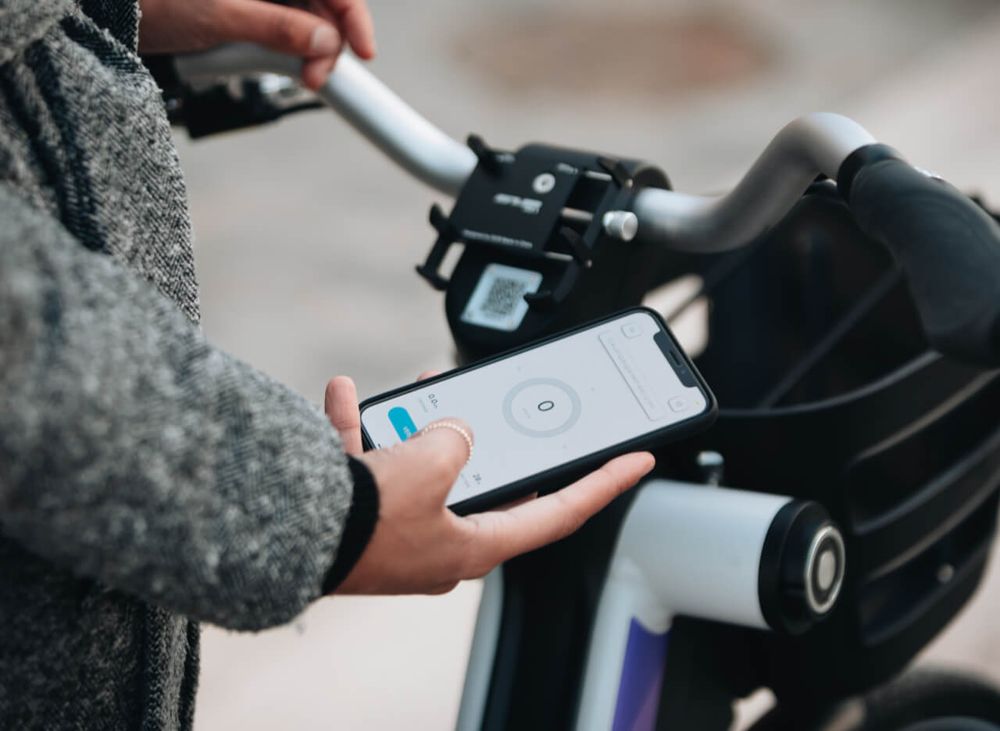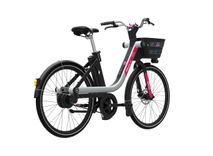A successful operator will shift users from the lower bands into the higher bands, and would certainly find it easier to do if they removed the price barrier for users. A study in France revealed that 53% of working e-scooter users are executives, and 57% indicated price as a main drawback to their use.
The rise of subscription models
Subscription models have become popular because they are a win-win for both users and operators.
The user wins: price
If a user can subscribe to a service and make each of their rides cheaper (see examples in next section), users will be much happier. A commuter that spends €4 on each 20-minute trip to work will, over a 22-day working month, spend €176. Assuming a €1 unlock fee, an ‘unlock pass’ for €9 (allowing users to bypass this fee for a month) will result in a monthly saving of €35 (€44 unlock fees - €9 ‘unlock pass’) for the user.
As Arturs from ATOM Mobility rightly points out, “when the unlock fee is removed, it encourages users to adopt micromobility for the shorter (5-10 minutes) journeys that they would usually not make on an electric bike or scooter due to the price barrier”.
The operator wins: retention
A healthy subscription model should lead to more revenue. Subscriptions will help keep revenue constant even when the level of activity dips (e.g. winter months). Users should also ride more frequently (and sometimes for longer) which creates an engagement to the brand and the service - resulting in increased customer retention and loyalty.
Ultimately, any subscription makes it harder for a user to switch to another provider. If users ride more but you are not charging more, you are losing money. What you need to be wary of is not discounting your heaviest users so much that it starts impacting revenue. In an ideal world, higher PAYG fees help finance advantageous fees for subscribers.
Which subscription models work?
Here’s a breakdown of some of the subscription models out there:
- Unlock pass: Free unlocks / €X per week/month
- Unlock & minutes pass: X unlocks and X free minutes
- Trip pass: X number of rides (up to 30/45 minutes)
- Long-term leasing: Privatise your own vehicle for a monthly fee






